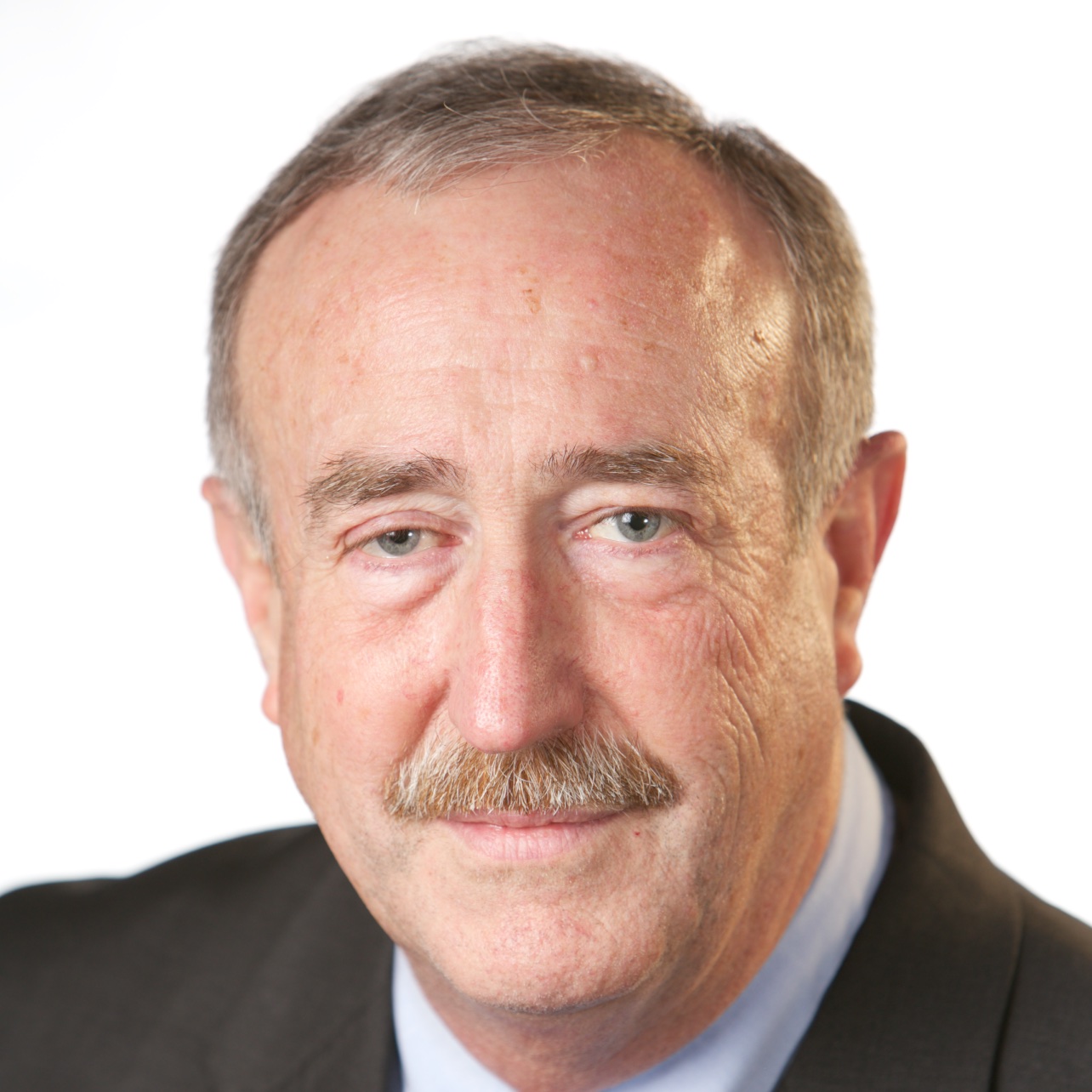
I recently asked Washington area management consultant Steven Kussmann to suggest ways the mental health community could be more effective in achieving meaningful reforms. Here is the thoughtful and creative blueprint that he sent me.
Changing The Mental Health Movement From Within
by Steven Kussmann
Less than 3% of our population self-identifies as gay or lesbian. Yet, the LGBT community created a movement that changed our nation’s definition of marriage and secured same sex marriage as a constitutional right! Change did not happen organically nor overnight. It was the result of a highly-effective social movement strategy and decades of well-targeted action.
The number of U.S. citizens with a serious emotional and mental health disorder is 10-times greater than the LGBT population. Why then do our social and political successes pale in comparison with those achieved by this community? What can we learn from them to achieve similar results? How can we apply those lessons to transform the mental health movement into a powerful engine for effective change?
The lessons are many, and their application requires a fundamental refocus of movement strategy and structure. To succeed as a force for real social and political change, the mental health community, both its leadership and grassroots network, must rethink and retool its strategy and tactics.
Here are five get-the-ball-rolling ‘lessons learned’ from the success of others the mental health community can act on now:
- Define an Actionable Goal: Movements with an actionable goal succeed. Movements focused on a ‘virtuous’ goal do not. Universal CIT training for police, prison personnel and hospital emergency room staff is an actionable goal. Mental health screening and treatment for all detained prisoners is an actionable goal. Destigmatizing the public’s view of mental health is a virtuous goal. The LGBT community’s strategy was not to change attitudes but to change state law. Their actionable goal was practical. It changed attitudes and outcomes. The mental health community’s lack an actionable goal frustrates its ability to effectively change the system that controls how mental health services are provided. Changing how our penal systems manages inmates with mental illness will change public attitudes about the mentally ill in prison. We need to retarget our movement to achieve an actionable goal.
- Focus on State-by-State Action: The same sex marriage victory demonstrated that a state-by-state strategy can be highly successful. Political gridlock at the federal level is the norm, and the federal approach to social change is not working. Today’s successful social movements, such as the legalization of marijuana and racial prejudice, focus their efforts at the state and local level. They get a handful of pioneer states or communities out in front, and then as their movement reaches a tipping point or is catalyzed by a key event or court case, other states get engaged and federal legislation and policy follows suit. The mental health community needs to refocus its resources on actions to change state law and policies rather than federal legislations.
- Reinvent our Network: Successful social movements embrace, expand and leverage their networks to bring about significant, scalable and sustained social impact for their strategic goals. The network embodies the movement. It is the collective force for social change. It is not a program or the root structure of a single organization. Strategic in scope, it is rifle-focused on a single issue or objective. Solving that problem catalyzes its influence, expands awareness, drives action, learning and participation and changes public attitudes as it targets policy and practice. Its leadership and membership are unified around a shared goal and a common understanding of how to apply its resources and influence. The network has its own identity and greater scale than any single organization engaged with it. It is the heart and soul of the movement.
- Nurture Engagement with Technology: Successful movements use digital technology to build and nurture engagement to achieve greater scale and drive targeted action. They embrace digital technology to respond quickly and transparently to their network and allies. They engage individually with their network, influencers and prospective supporters. Technology gives the movement agility and the ability to stimulate and drive its objectives over the long haul. Digital technology has transformed how individuals interconnect and relate. For millennials, virtual experiences can be more immediate that the “real” world. The mental health community must harness the new digital tools of engagement collectively to deepen emotional ties to its everyday experiences and enable its members to become an active and meaningful part of the movement.
- Rethink Relationships: Successful movements are decentralized, geographically diverse and are comfortable operating with multi-level leadership. Most organizations struggle with this approach as it implies a loss of control over objectives and resources. Action-based networks are unified around an objective not an organization. Members of the network will come from inside and outside the mental health community, but all its members are unified around that common objective. Achieving real change in mental health policy and practice will require a community of action that transcends traditional mental health community relationships. Shared leadership, responsibility and resources will be tied to the goal set and the partnerships defined by the strategy. As the LBTG community learned over time, change requires relationships with groups and individuals united around a common goal and equally committed to its success.
The mental health reform movement began when Dorothea Dix successfully campaigned for the national establishment of asylums more than a century ago. The movement has largely evolved around the impacts of that decision and today continue to campaign for federal resources that never seem to materialize. Mental health policy and practice remain a national crisis with no light shining at the end of the tunnel. It is time for the mental health community to come of age, learn from the successes of others, forge a new, more effective strategy and take action to change the future course of mental health policy and practice in our nation.
ABOUT THE AUTHOR
Steve Kussmann has been a nonprofit executive for more than 30 years and a consultant since he established SK Management, Inc. in 1995, where he serves as President. His professional experience  includes leadership roles with 501(c)(3) organizations, professional societies and associations representing healthcare, education, energy, technology and the scientific communities. As a recognized authority, writer and speaker on nonprofit trends and strategies, Steve is often asked to perform strategic, business model and financial analyses and develop management and communications plans for organizations seeking to expand their mission impact or transform their organization to address changes in their operating environment. Steve is closely connected to the mental health community through the mental illness challenges of family members and friends. He has served the community in a number of volunteer and professional roles, including as a community-based Suicide Survivors group leader. He can be contacted at stevekussmann@gmail.com.
includes leadership roles with 501(c)(3) organizations, professional societies and associations representing healthcare, education, energy, technology and the scientific communities. As a recognized authority, writer and speaker on nonprofit trends and strategies, Steve is often asked to perform strategic, business model and financial analyses and develop management and communications plans for organizations seeking to expand their mission impact or transform their organization to address changes in their operating environment. Steve is closely connected to the mental health community through the mental illness challenges of family members and friends. He has served the community in a number of volunteer and professional roles, including as a community-based Suicide Survivors group leader. He can be contacted at stevekussmann@gmail.com.



